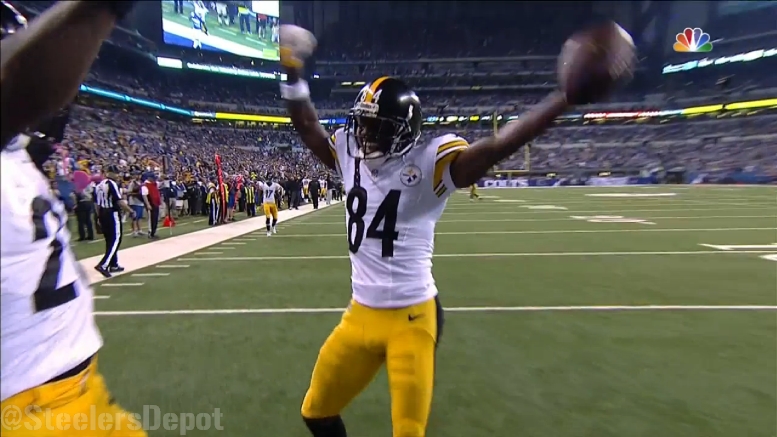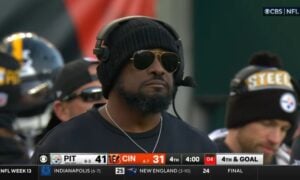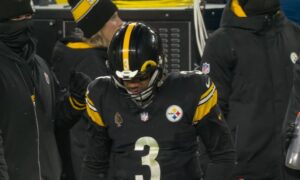During the course of the 2015 season, the Pittsburgh Steelers, by using the metric of total number of times penalized, were among the most disciplined teams in the NFL. The Steelers had 94 called penalties accepted against them, which was the third-lowest total number of penalties in the league. If you include flags thrown on penalties that were declined, they had the second-fewest number of penalties.
This year is not shaping up to be quite so clean. They have already amassed 74 penalties, which is currently the 13th-most in the league, although, of course, many teams have yet to play their 11th game. But comparing the Steelers to themselves, we are looking at a significant projection in terms of increase in penalties.
At the current rate, which is roughly six or seven penalties per game, the Steelers are expected to finish the 2016 regular season with roughly 107 to 108 penalties, which would be 14 more than they accrued last season, or nearly an extra penalty per game.
The penalties have come at a slightly more significant severity, as well, as the average number of yards penalized per flag has increased by about half a yard or so, which, over the course of about 100 penalties or so, adds up over the course of the season.
While Steelers Head Coach Mike Tomlin has talked about penalties within the context of other problems with the team as a ‘popcorn’ issue, in that the issue is more in timing rather than quantity, the numbers indicate that both have been a problem, and Thursday’s game against the Colts was representative of that.
The Steelers were penalized seven times in Indianapolis for a total of 67 yards, which is roughly what they have been averaging in terms of accepted penalized and yards penalized per game, making it a fairly typical game to use as an example.
That is a large number of penalties, especially when considering that it is a common occurrence, but some of the penalties have also been costly—something they were able to get away with the last two games largely due to the quality of competition.
The first penalty of the game was the unsportsmanlike conduct penalty following the second touchdown. That was a 15-yard penalty enforced on the ensuing kickoff, which enabled the Colts to get a good return that ended up setting the table for their only scoring drive.
On their final meaningful possession of the first half, Ben Roethlisberger completed a 17-yard pass on third and 10 to Antonio Brown, only to see it wiped out by an illegal hands to the face penalty by Ladarius Green.
On the ensuing defensive drive, a roughing the passer penalty on an incomplete pass on second and 10 moved a third and 10 from the 48 to first and 10 at the 33. A 21-yard run to the 25-yard line on the next possession at the end of the half that could have given the Steelers a chance to try to get into field goal position was wiped out by a penalty, so instead they settled to just go into the locker room.
A fourth-quarter drive was sabotaged by another holding penalty—both on David DeCastro on a five-yard run that converted a third and two and turned it into a third and 12. This is, frankly, a lot of popcorn to shove down your own throat and hope you don’t choke.








